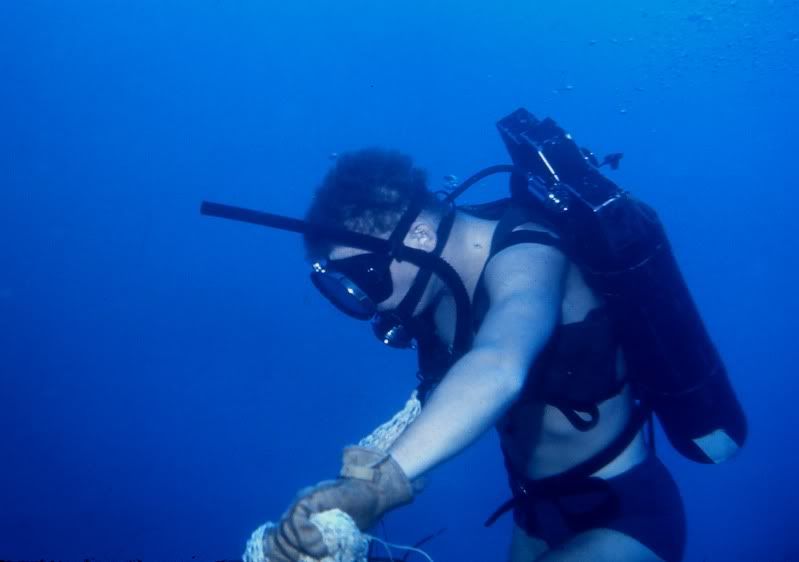Ben Dugger
Registered
Years ago we were too poor to buy "Aquq Lungs" as they were called back then. We would buy surplus Deluter Oxygen Regulators and convert them. These regulators were used in aircraft. Scrounge up an old CO 2 fire extinguisher tank, build you a harnes and you were in business. They didn't have reserve valves, sea view gages and B C's werent invented yet. We wouldjust grab our tank and a speargun and go hunting. When it got hard to breathe we just came up. No big deal.




